The House of the Rising Sun chords
by The AnimalsSong Key: A Minor
Time Signature: 4/4 or 12/8 or 6/8
Tempo: 78 bpm
Standard Guitar Tuning: E A D G B e
Skill Level: Beginner 🟢
Guitar Chords: Am, C, D, F, E7
Play-Along Video & Chord Charts
Play-Along Video
R-H Chord Charts

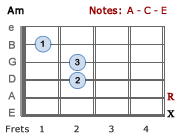
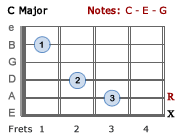
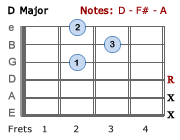
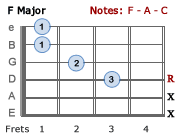
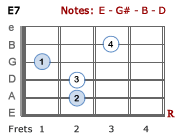
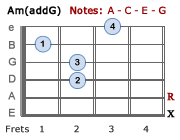
L-H Chord Charts

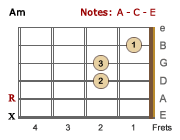
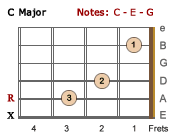
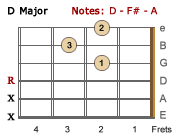
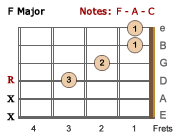
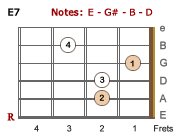
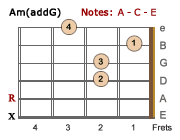
Speed: x0.1
House Of The Rising Sun
The Relative Major Key of Am is highlighted - Transpose to any other key.
Am C D F Am E7 Am E7
Intro: 6/8 ‖ | | | | | | | ‖
Am C D F Am C E7
1. There is a house in New Or-leans They call the Ri-sing Sun | % |
Am C D F Am E7 Am
And it’s been the ruin of ma-ny a poor boy And God I know I’m one
Am C D F Am E7 Am E7
Instr: ‖ (one) | | | | | | | ‖
Am C D F Am C E7
2. My mo-ther was a tail-or | | Sewed my new blue jeans | % |
Am C D F Am E7 Am
My fa-ther was a gam-blin’ man Down in New Or-leans
Am C D F Am E7 Am E7
Instr: ‖ (-leans)| | | | | | | ‖
Am C D F Am C E7
3. Now the on-ly thing a gam-bler needs Is a suit-case and trunk | % |
Am C D F Am E7 Am
And the on-ly time he’s sat-is-fied Is when he’s on a drunk
Am C D F Am E7 Am E7
Instr: | (drunk)| | | | | | | |
Am C D F Am C E7
| | | | | | | | % |
Am C D F Am E7
| | | | | | |
Am C D F Am E7 Am E7
| | | | | | | | |
Am C D F Am C E7
4. Oh mo-ther tell your chil-dren | | Not to do what I have done | % |
Am C D F Am E7 Am
Spend your lives in sin and mi-se-ry In the House of the Ris-ing Sun
Am C D F Am E7 Am E7
Instr: ‖ (sun) | | | | | | | ‖
Am C D F Am C E7
5. Well I got one foot on the plat-form | | The o-ther foot on the train | % |
Am C D F Am E7 Am
I’m goin’ back to New Or-leans To wear that ball and chain
Am C D F Am E7 Am E7
Instr: ‖(chain) | | | | | | | (Well there) ‖
Am C D F Am C E7
6. Well there is a house in New Or-leans They call the Ri-sing Sun | % |
Am C D F Am E7 Am
And it’s been the ruin of ma-ny a poor boy And God I know I’m one
Am C D F Am E7 Am E7
Instr: ‖ (one) | | | | | | | ‖
Am/addG
Am C D F Am E7 Am E7 Am
‖ | | | | | | | | 𝄑 ‖
Arrangement Details:
- Key Signature: A Minor (relative to C Major) - no sharps or flats
- Tempo: Moderately
- Metronome: ♩. = 78
- Voice Range: A3 - A5
- Time Signatures: 4/4 or 12/8 or 6/8... consider the following:
4/4: Four quarter-note beats per measure, where each beat of the bar is treated as 4 x eighth-note triplets (a group of three notes is played in the same time as 2 notes of the same kind OR three evenly spaced notes played in one beat).
Therefore a bar which you may normally count as | 1 2 3 4 | OR | 1+ 2+ 3+ 4+ | would now be counted as | 1++ 2++ 3++ 4++ | etc. with chord changes generally occurring on the 1st and 3rd beats of each bar... the following chart shows you a sample of the timing in triplet segments... the count includes rests which are actually the bass notes in the bass clef - written for piano.
This example represents 'common time', generally written as 4/4. It shows which each set of triplets clearly as 1 beat.

12/8: Twelve eighth-note beats per measure, which can still be counted as above with 12 segments per bar.
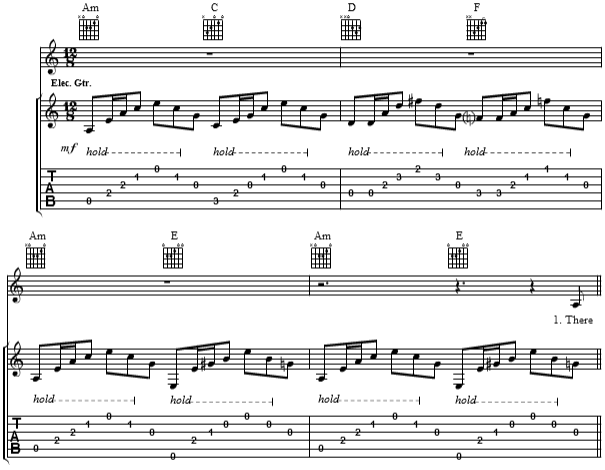
6/8: Six eighth-note beats per measure and each bar count is simply | 1 2 3 4 5 6 | etc. with chord changes occurring on the first beat of each bar... it would look exactly like the 12/8 time above except that each bar is halved with a chord change for each bar.

We have used the 6/8 time in our song sheet for simplicity with 1 chord change per bar. - The 𝄐 fermata / pause symbol - the last chord of the song is strummed and held till it rings out.
Song Details:
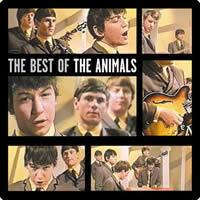
- Songwriter: Traditional
- Arranged by: Alan Price from the band, The Animals.
- Lyrics Begin: There is a house in New Oleans, they call the Rising Sun,
- Genre: Folk rock, blues rock
- Featured Artists: The Animals
- Single:
Recorded: May 18, 1964
Released: June 19, 1964
B-side: Talkin' 'bout You - Album: The Animals
Recorded: 22 January – 31 July 1964
Released: September 1964
You Might Also Like
- Crimson and Clover - Tommy James and the Shondells
- Down On The Corner - Creedence Clearwater Revival
- I Can't Get No Satisfaction - The Rolling Stones
- Last Train to Clarksville - The Monkees
- Light My Fire - The Doors
- Nights In White Satin - Moody Blues
- Whiter Shade Of Pale - Procol Harum
